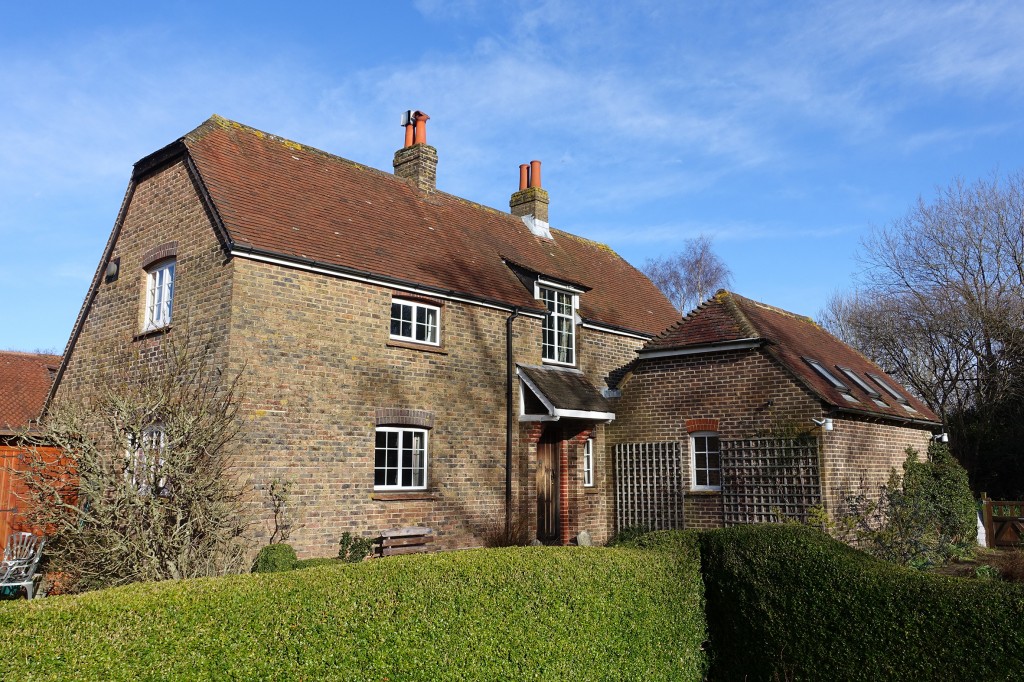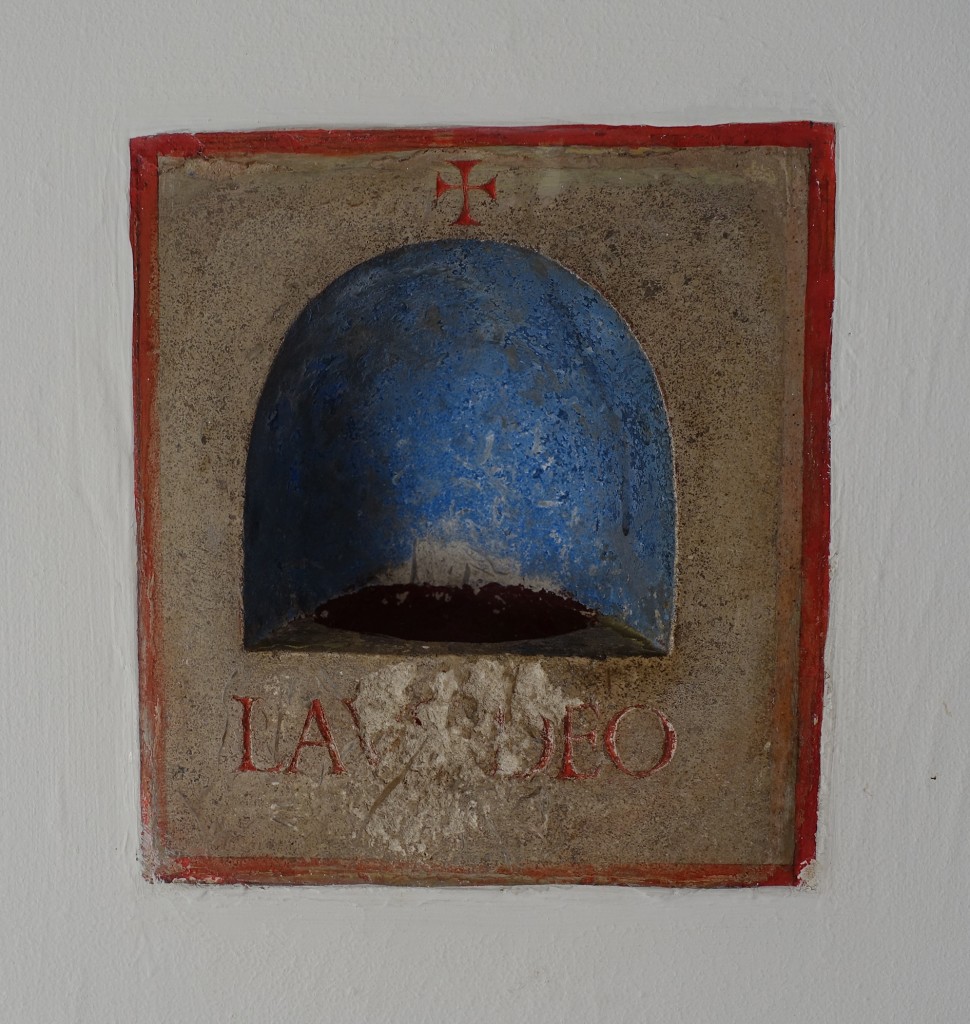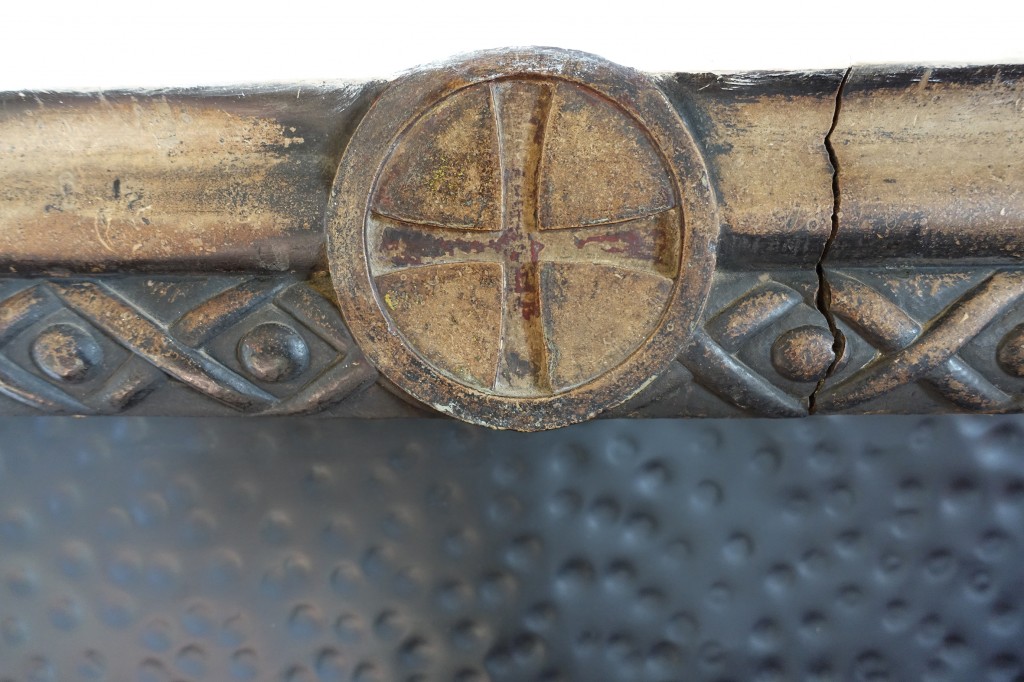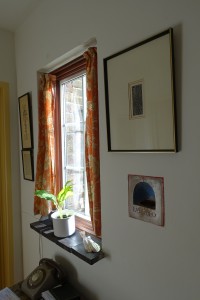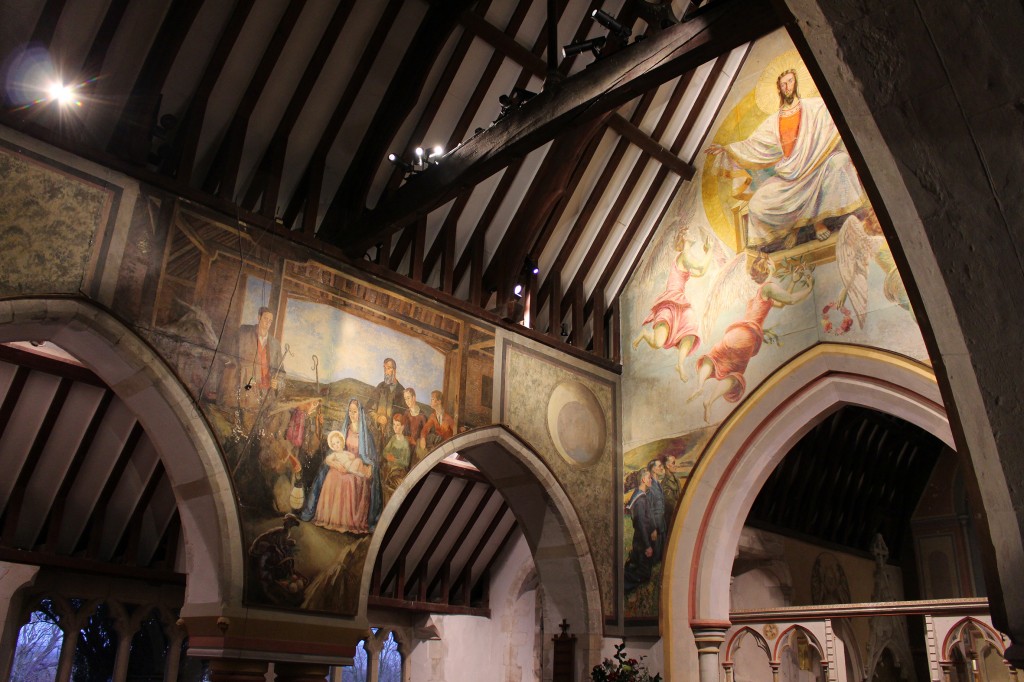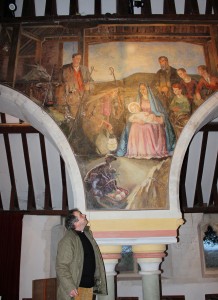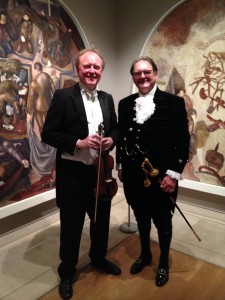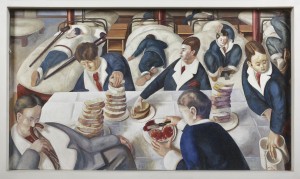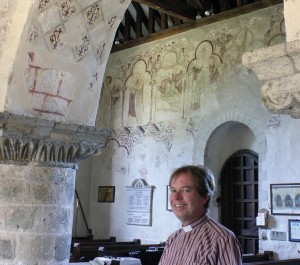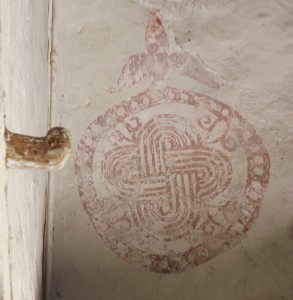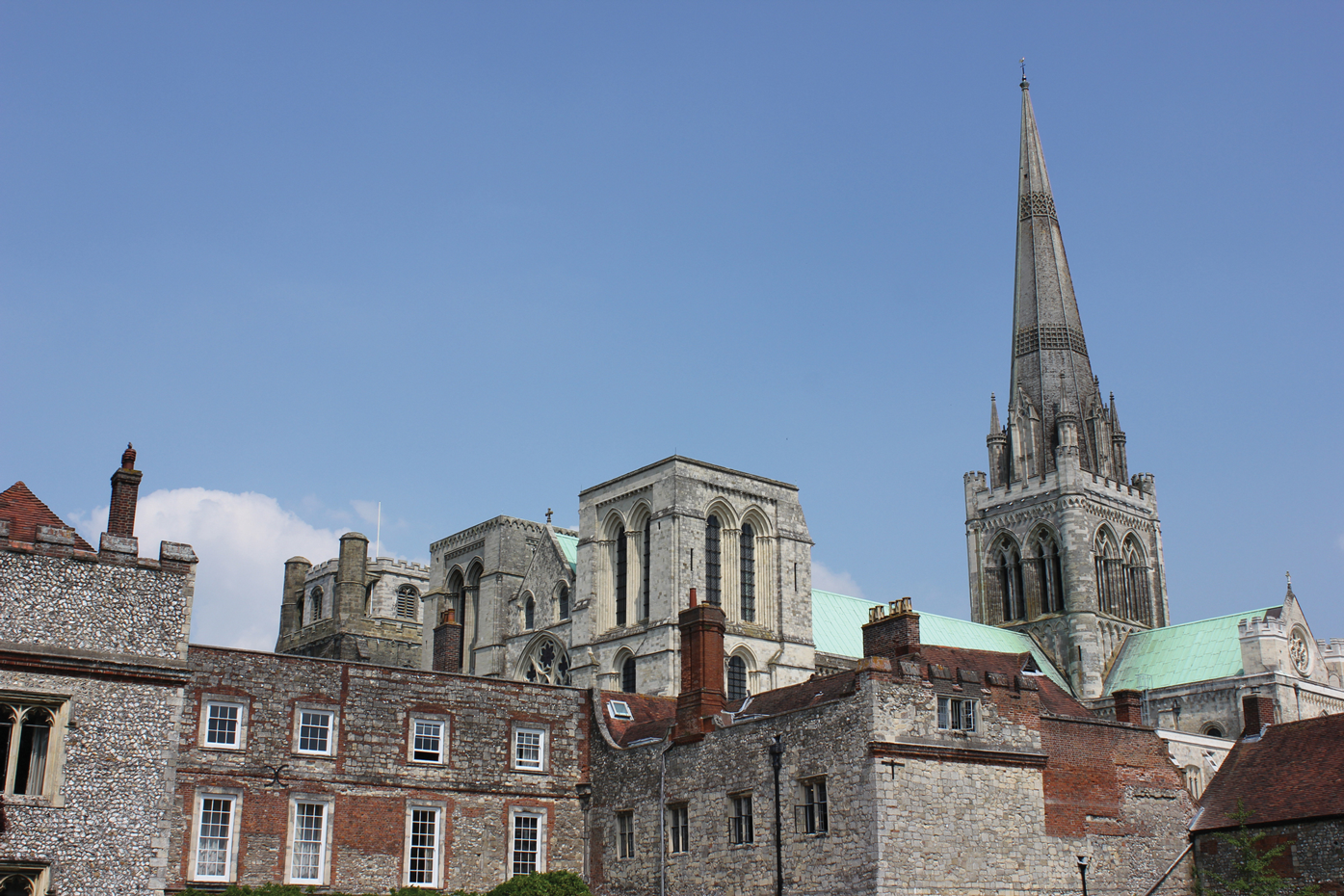
Christians across the country will celebrate Easter this Sunday – it marks a time of hope, renewal and rebirth in the face of suffering and human tragedy.
With our church buildings temporarily closed to counter COVID-19 I thought I would take you inside Chichester Cathedral as Easter approaches. Pilgrimage spaces can decipher or inform our perceptions of the world gifting us with an experience of the numinous.
Sir Basil Spence, who designed and oversaw the building of Coventry Cathedral after the Second World War and the campus buildings at Sussex University, described the South aisle at Chichester Cathedral as one of the most beautiful in Europe. At the east end is the St Mary Magdalene Chapel with Graham Sutherland’s vibrant oil on canvas ‘Noli me tangere’ (touch me not).
The Very Revd Walter Hussey, famous as both a patron of the arts and as Dean of Chichester Cathedral, had commissioned Sutherland to paint a Crucifixion at St Matthew’s, Northampton in the 1940s and had hoped the artist would do something at Chichester.
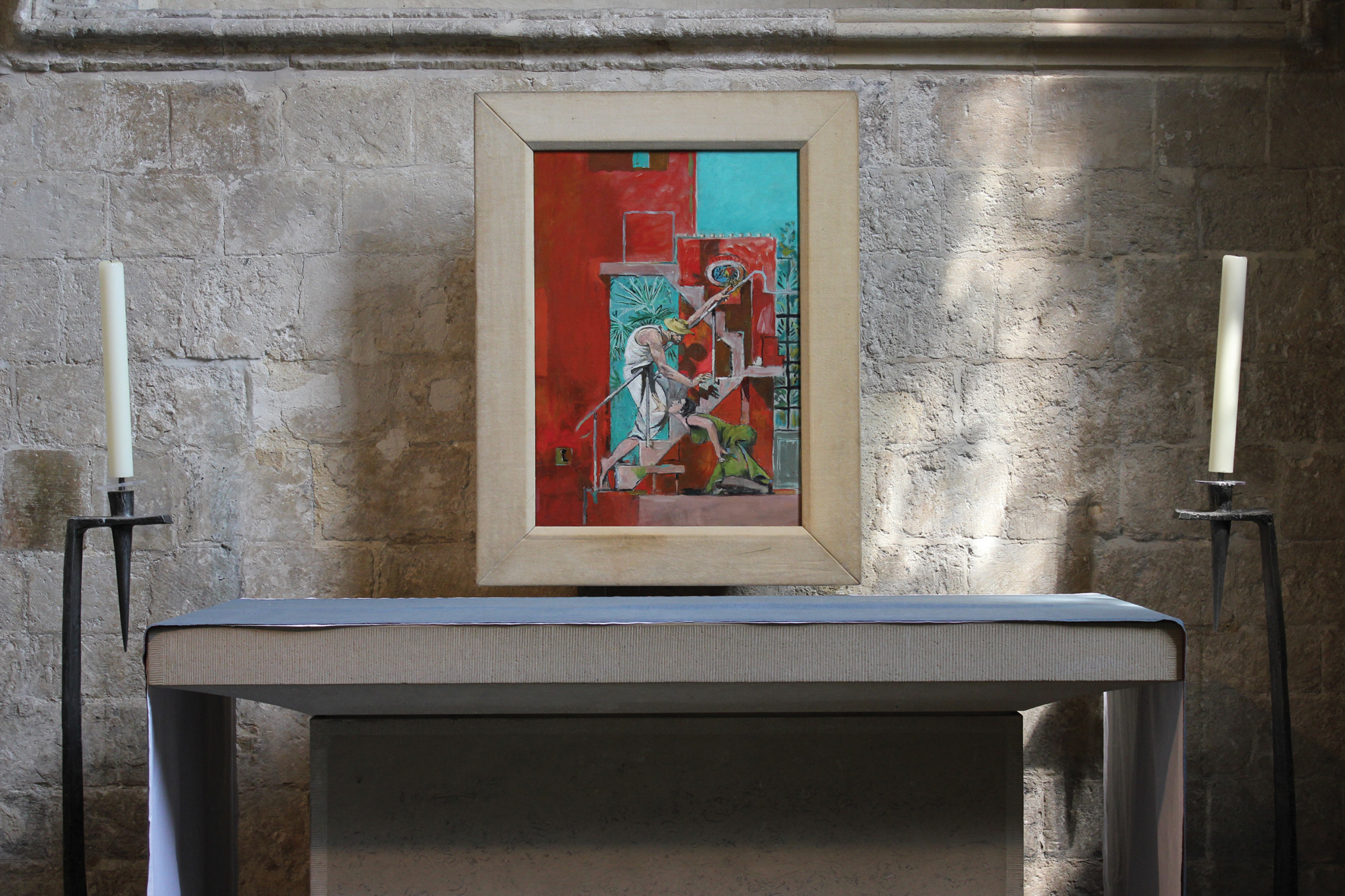
A Roman Catholic, Sutherland’s art was inspired by his faith.
As we enter the south aisle from the west end Sutherland’s ‘Noli me tangere’ initially strikes you with the quality of a distant medieval, enamelled jewel. As we process towards this work we are drawn into the intimate narrative described in chapter 20 of St John’s Gospel. Arriving at the chapel we become aware that the painting depicts the moment on that first Easter morning when Mary Magdalene becomes aware that she is in the presence of her risen Lord who has just spoken her name. As she reaches out to touch him his gesture stops her. The painting holds in tension Mary’s joy and the pending separation of a different kind.
The angular composition of the figures, plants and staircase allude to the suffering and cruelty described in the Passion narratives which lead up to and include Jesus’ crucifixion. At the centre of the painting Jesus Christ is dressed in white symbolising his holiness and purity. Christ’s finger points towards God the Father symbolising His presence. Mary may not touch Jesus. The artist invites us into this liminal moment in the story so that we, like Mary, might acknowledge Jesus, our creator, teacher and friend, as advocate and redeemer of the whole world.
Sutherland displays sensitivity and humility in the intimate scale of the painting which encourages us to rest in this sacred space.
The Passion narratives and Easter story provide a hope filled framework for a generous self-giving discipline inviting us to respond to God’s love with love for him, for ourselves and for others. Where we respond with acts of care, compassion and respect for those close to us and those we meet along the way we renew and give new life to our communities and our nation as we work for the common good.
With our church buildings temporarily closed I will be joining the online 10.30am Easter Sunday Eucharist led by the Bishop of Chichester, the Rt Revd Dr Martin Warner. From his private chapel those familiar Easter words will be proclaimed ‘Alleluia! Christ is risen. He is risen indeed. Alleluia!’ To find out more and to join the online services from the Cathedral visit www.chichestercathedral.org.uk/worship/holy-week-and-easter.
I hope that you and those you love remain safe this Easter and in the weeks to come.
